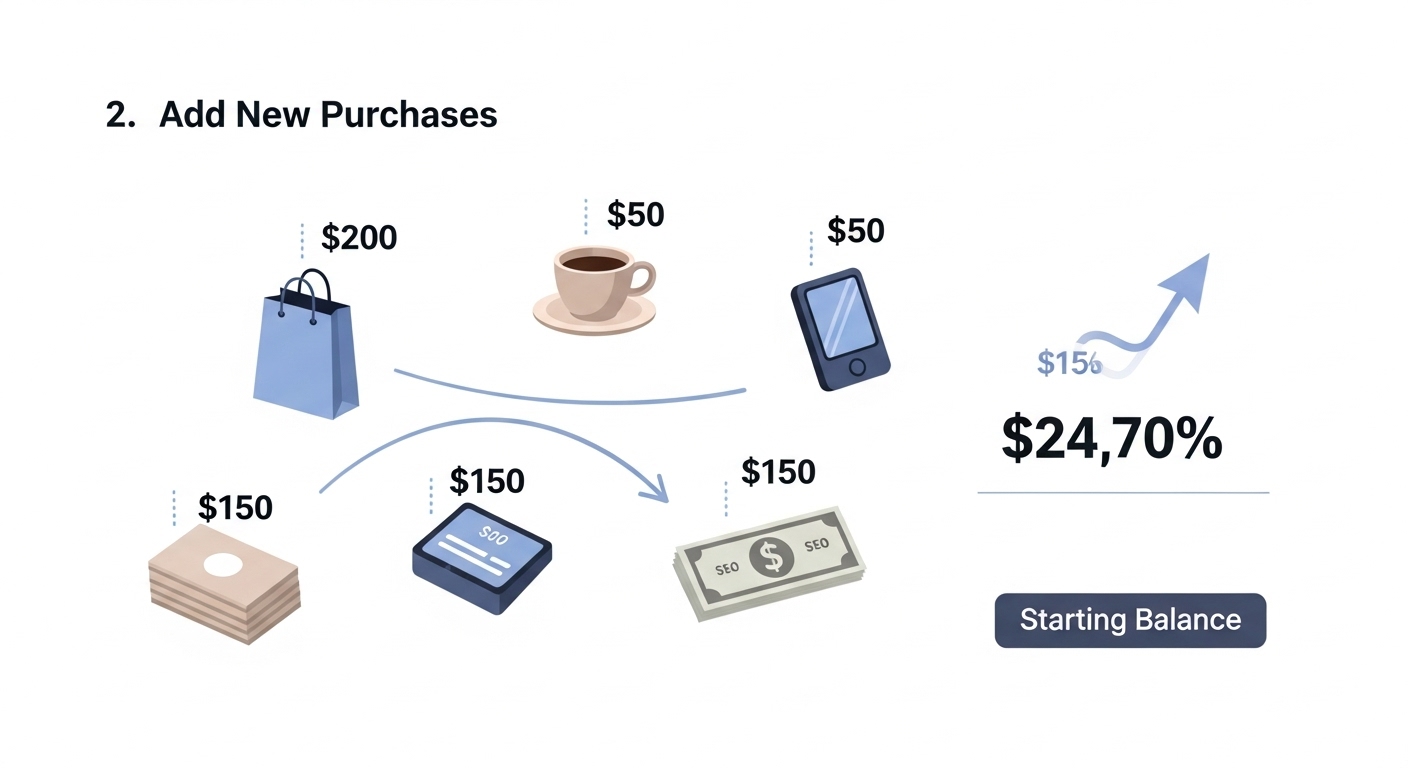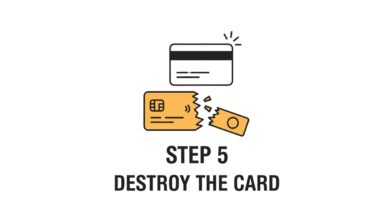How to Calculate Credit Card Debt

Credit cards offer convenience and flexibility, but they can also lead to debt if not managed properly. Understanding how your credit card debt is calculated is essential for staying in control of your finances and avoiding unnecessary interest charges.
This guide explains what makes up your credit card debt, how interest works, and how to calculate the total amount you owe.
1. What Is Credit Card Debt?
Credit card debt is the total amount you owe to your credit card issuer, including:
- The purchases you’ve made,
- Any cash advances,
- Interest charges, and
- Fees (such as late payment or annual fees).
Your debt increases each time you spend money using your card and decreases when you make payments.
2. Components of Credit Card Debt
To understand your total balance, you need to know what contributes to it:
a. Principal Balance
This is the total amount of money you’ve borrowed (your purchases and cash advances).
b. Interest Charges
If you don’t pay your full balance by the due date, the bank applies interest to the remaining amount.
c. Fees
Additional charges such as:
- Late payment fees
- Over-limit fees
- Cash advance fees
- Annual membership fees
All of these can increase your debt over time.
3. How Credit Card Interest Works
Interest on credit cards is calculated using an Annual Percentage Rate (APR). However, interest is applied daily based on your Average Daily Balance (ADB).
Step-by-Step Interest Calculation Example:
- Convert APR to a daily rate:
Daily Rate = (APR ÷ 365)Example: If APR = 24%, then
Daily Rate = 0.24 ÷ 365 = 0.0006575 (or 0.06575%) - Find your Average Daily Balance (ADB):
Add up your balance for each day in the billing cycle, then divide by the number of days.Example: If your balances were $900 for 10 days and $1,100 for 20 days:
(900×10 + 1100×20) ÷ 30 = $1,033.33 - Calculate interest for the billing cycle:
Interest = ADB × Daily Rate × Number of DaysInterest = 1,033.33 × 0.0006575 × 30 = $20.37
So, you would owe $20.37 in interest for that month if you carried the balance.
4. Total Credit Card Debt Formula
You can estimate your total debt using this simple formula:
Total Debt = Principal Balance + Interest + Fees
By tracking each of these components, you can get a clear view of how much you owe and how your debt is growing.
5. How to Reduce Credit Card Debt
Managing credit card debt effectively requires planning and discipline. Here are a few tips:
- Pay more than the minimum: Always pay more than the minimum required to reduce your balance faster.
- Avoid new purchases: Stop using the card until your debt is under control.
- Transfer your balance: Consider a balance transfer to a lower-interest card.
- Set a repayment plan: Calculate how much you can pay monthly to clear your debt within a specific period.
6. Example: Calculating Real Credit Card Debt
Let’s say:
- Purchases: $1,000
- APR: 20%
- Fees: $25
If you don’t pay off your balance within one month:
- Daily Rate = 20% ÷ 365 = 0.0005479
- Interest (for 30 days) = $1,000 × 0.0005479 × 30 = $16.44
- Total Debt = $1,000 + $16.44 + $25 = $1,041.44
So after one billing cycle, your total debt becomes $1,041.44.
7. Final Thoughts
Knowing how credit card debt is calculated helps you make better financial choices. By understanding interest, fees, and payment structures, you can avoid growing debt and keep your credit score healthy.
Always review your statements carefully and try to pay your full balance whenever possible to stay debt-free.
